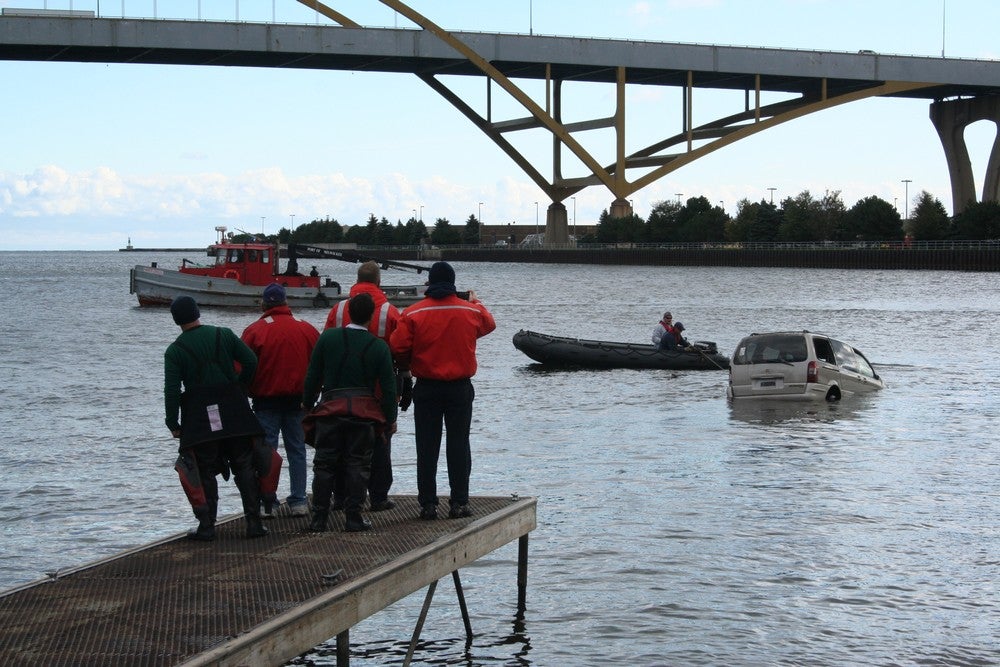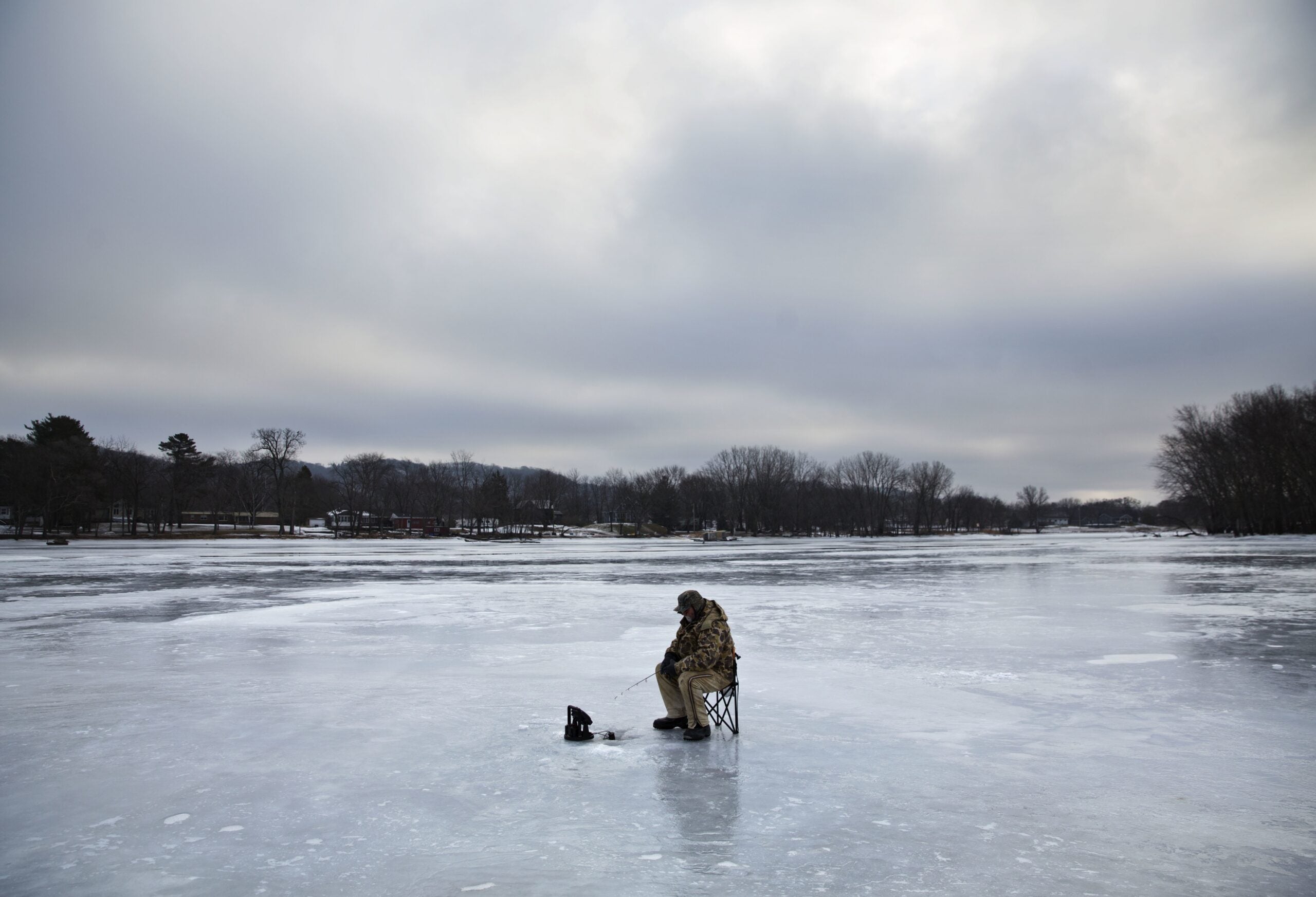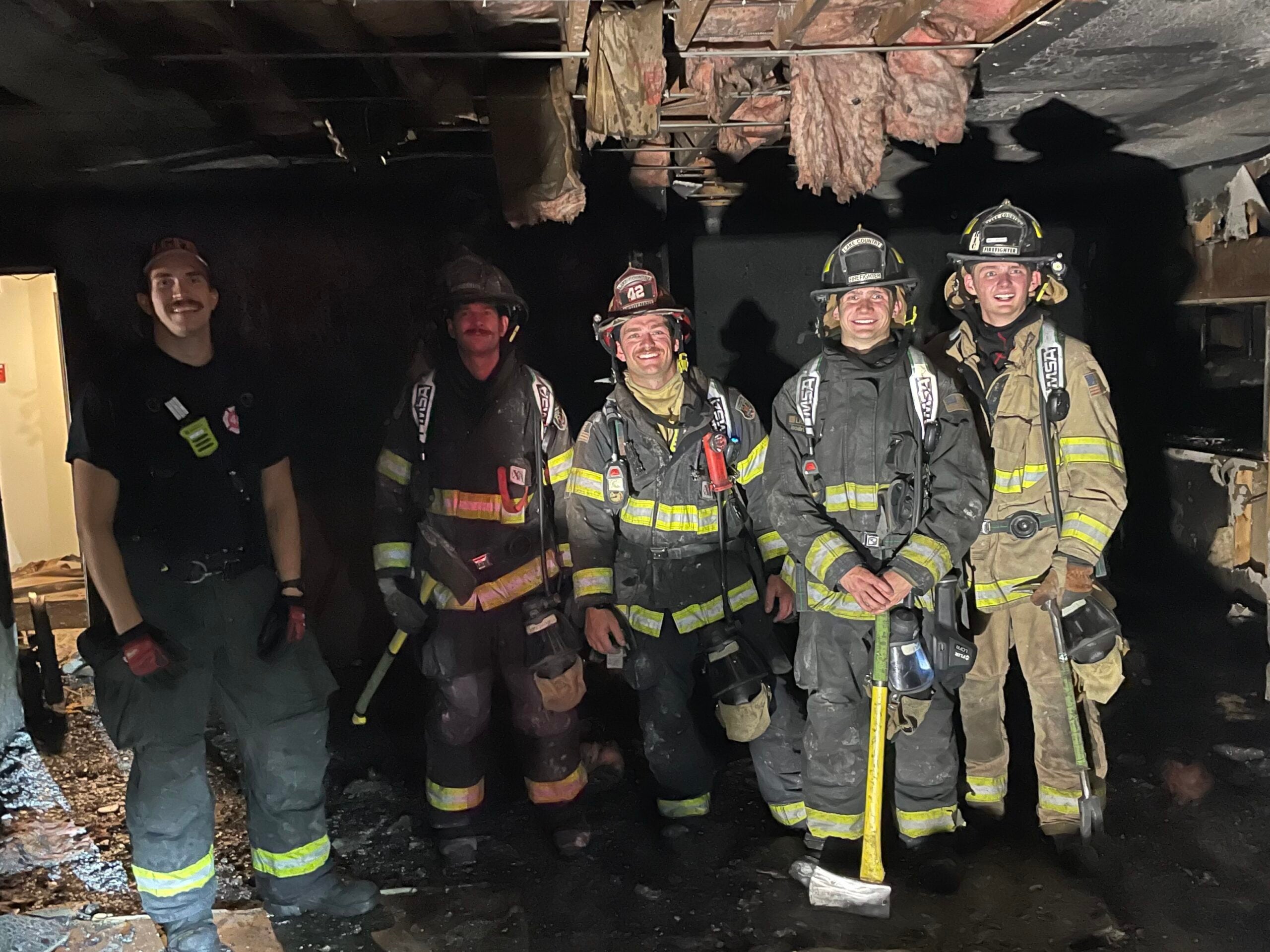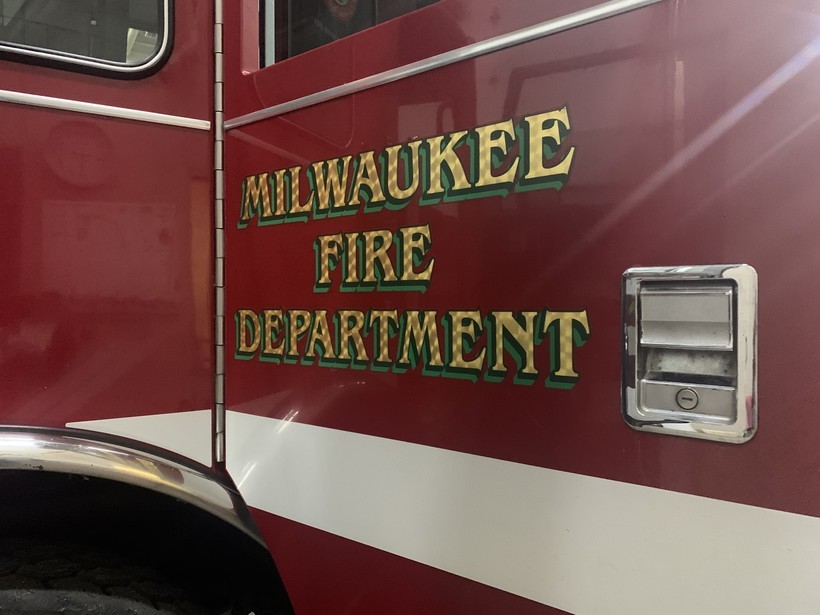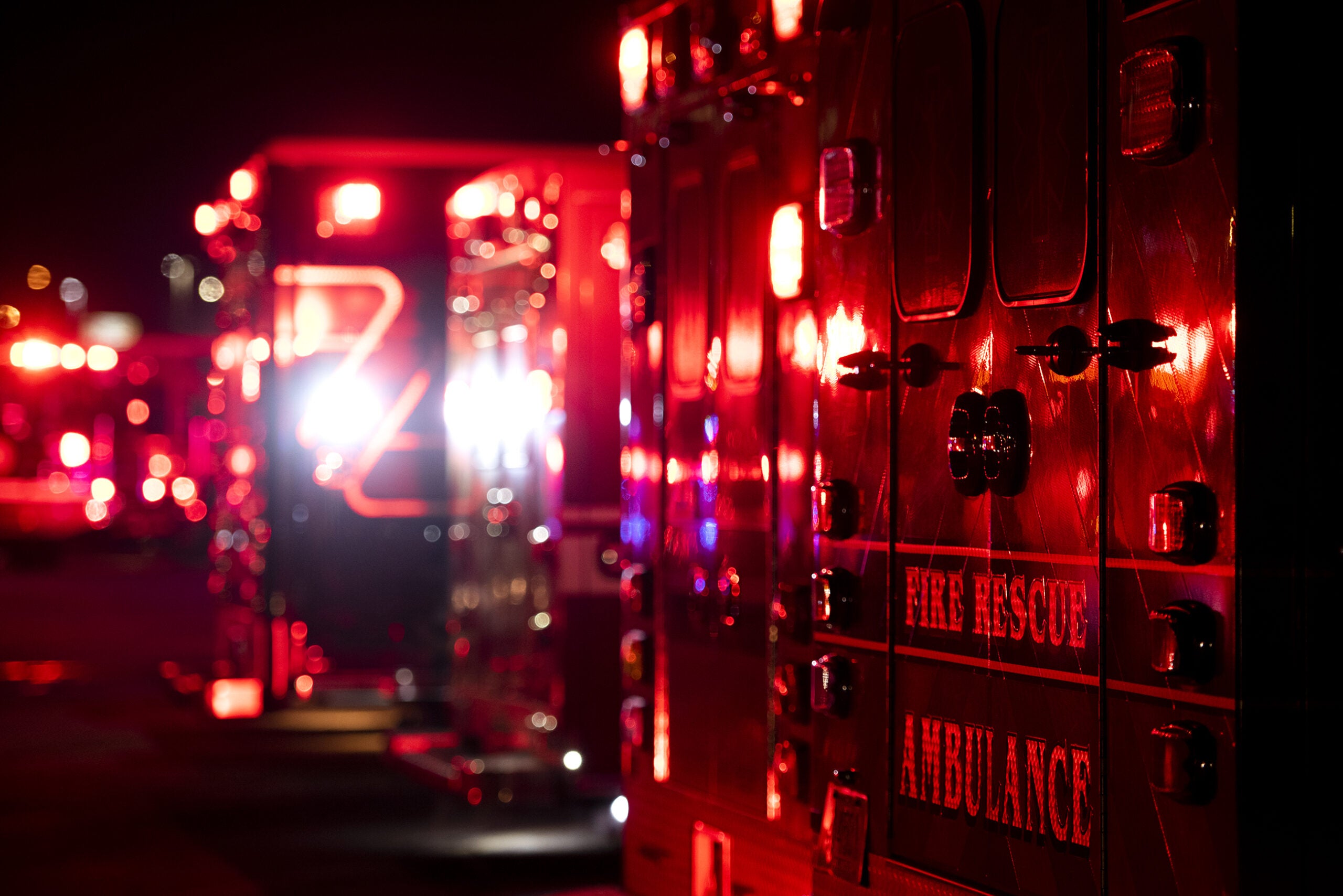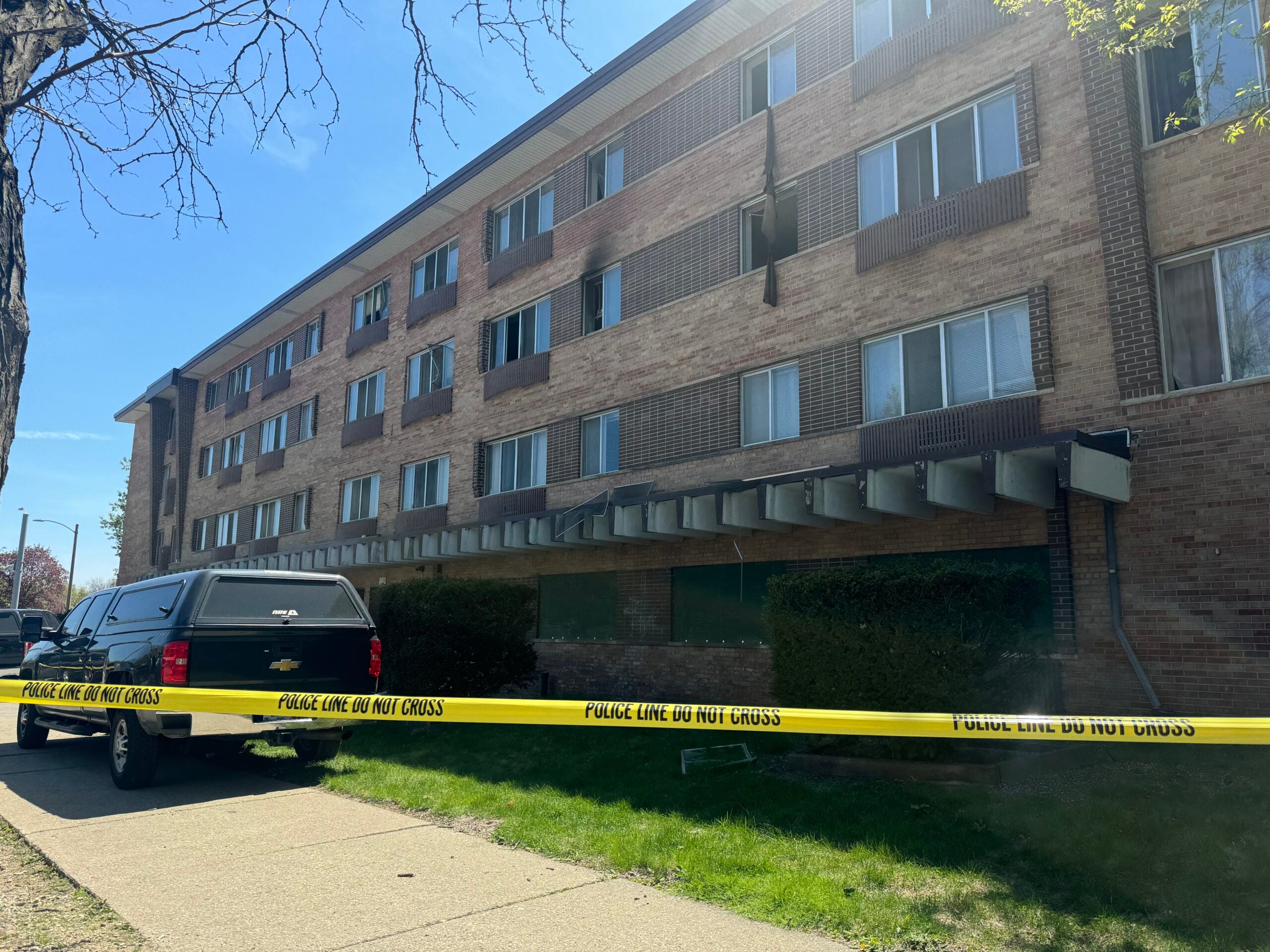In late March, a cargo ship rammed into Baltimore’s Francis Scott Key Bridge, the span collapsed and killed six construction workers.
In the aftermath of the tragedy, people across the country wondered if their communities were prepared for a similar event on their waterways.
Ron Firnrohr is a battalion chief for the Milwaukee Fire Department. He was a member of the department’s Dive Rescue Team team for 28 years. Firnrohr spoke with “Morning Edition” host Alex Crowe about how their team prepares for high stress rescue situations.
News with a little more humanity
WPR’s “Wisconsin Today” newsletter keeps you connected to the state you love without feeling overwhelmed. No paywall. No agenda. No corporate filter.
This interview has been edited for clarity and brevity.
Alex Crowe: I want to start off with just a little bit of background on the dive team in Milwaukee. Can you tell me how many people are a part of a team and what kinds of situations the dive team normally responds to?
Ron Firnrohr: The Milwaukee Fire Department dive rescue team is a 24/7, out-the-door-right-now team with the ability to go operational within minutes of arrival. We staff the downtown firehouse that includes the dive rescue vehicle with at least five divers.
We are a multi-disciplined unit. By that, I mean we are capable of any water rescue in any type of environment. Our training schedule generally follows the calendar schedule as it relates to weather. January will be an ice dive. March is back to the basics where we put everybody in a pool, you have to go through the basic scuba skill review. As the weather warms up, we have two months dedicated to swiftwater rescue. Then, after that, we start diving in the river.
We are the only out-the-door-right-now dive rescue team between here and Chicago.
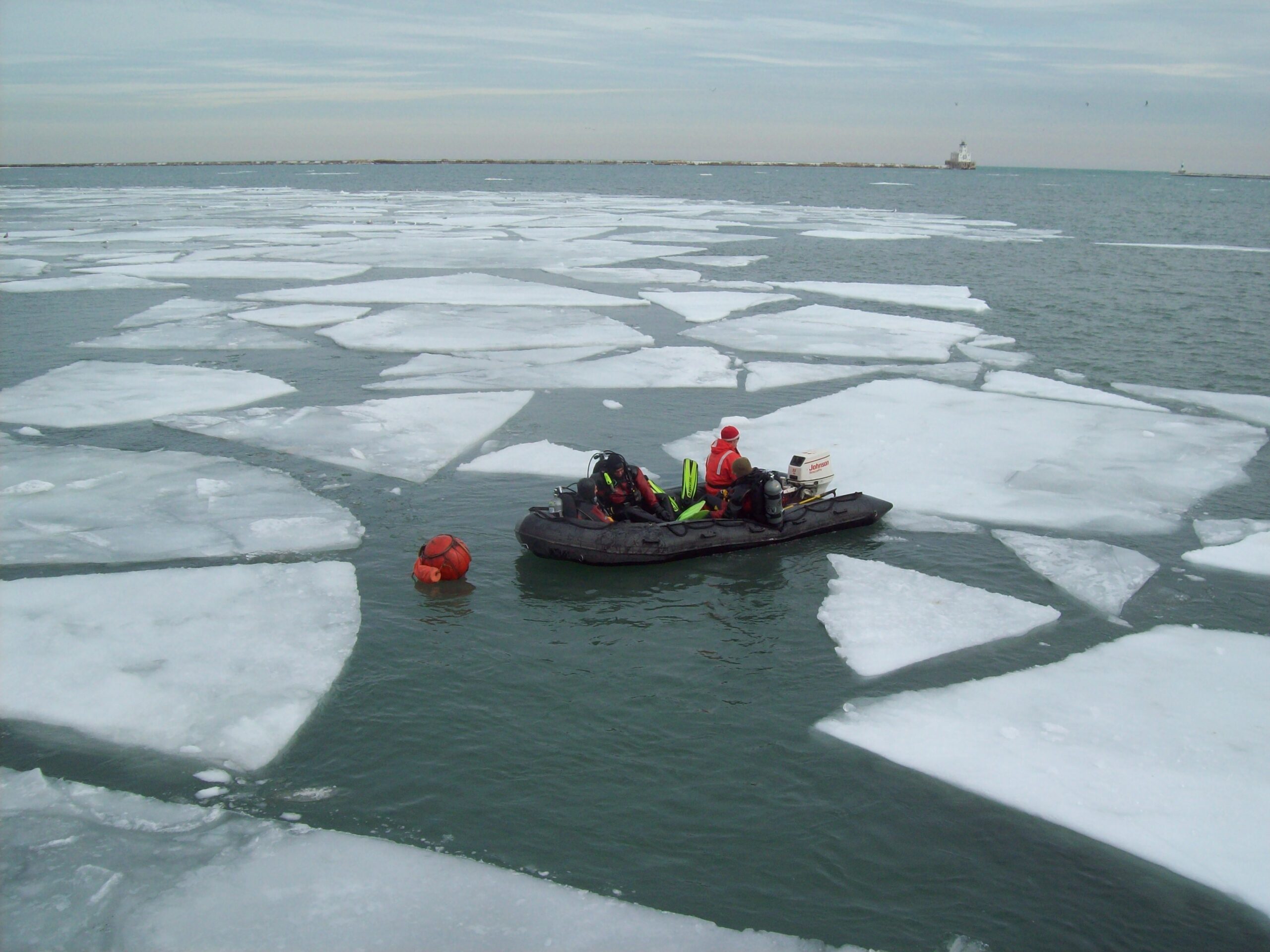
AC: What are some of those things that present challenges as a member of the dive team that we wouldn’t think about?
RF: It’s pitch black, once you go a couple of feet under the surface. Our Milwaukee River here is pitch black — it’s like diving in used motor oil. That’s because of all the sediment that’s on the bottom and that gets kicked up. You just can’t see through it, a light is not even able to penetrate through the sediment.
The visibility — at best, at noon, you might be diving in chocolate milk. But for the most part, it’s used motor oil. So trying to find anything like a car, or any person that that may have found themselves in the water, is all done by feel. Our divers will go down and it’s more crawling around the bottom than it is swimming around the bottom. They will do a sweep. They’ll sweep the area with their hands. They can cover roughly a 6-foot span.
I’ve talked to seasoned firefighters, and they thought smoke in a building fire was thick, then they joined the dive team. They found out what ‘can’t see through it at all’ means when they when they got on the dive team.
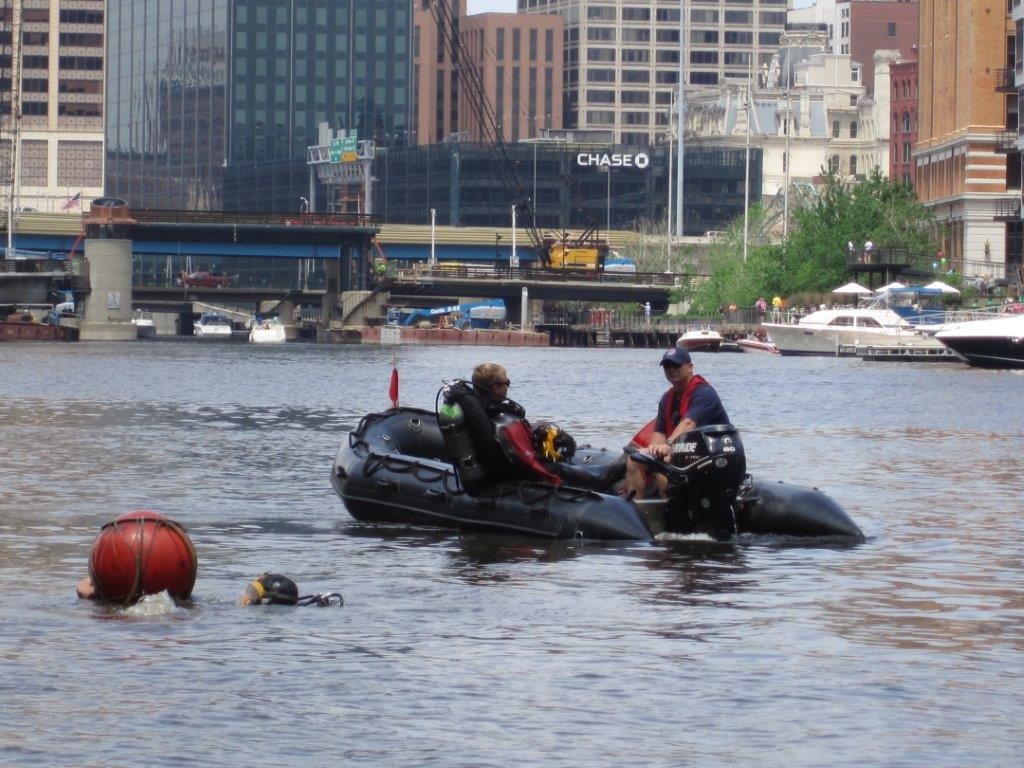
AC: What do you think that we should know about the people who join this dive team unit?
RF: The people that join this team are looking for a challenge beyond firefighting, if that makes any sense. Firefighting is challenging enough on its own. But we attract the upper tier of the people that are in our organization. When they get here, we interview them, we make sure that they understand what they’re getting into. That it’s going to require a lot of training and learning a whole new skill set.
We are the only team that operates in the city in a life-threatening atmosphere. The other teams, they can stop a drill if there’s a problem. Generally we have people who are underwater, and if things go wrong there, we’ve got a big problem.
So the people that are comfortable taking on that that risk and are interested in that challenge, and we generally recruit the best of the best for the team.
Wisconsin Public Radio, © Copyright 2026, Board of Regents of the University of Wisconsin System and Wisconsin Educational Communications Board.
